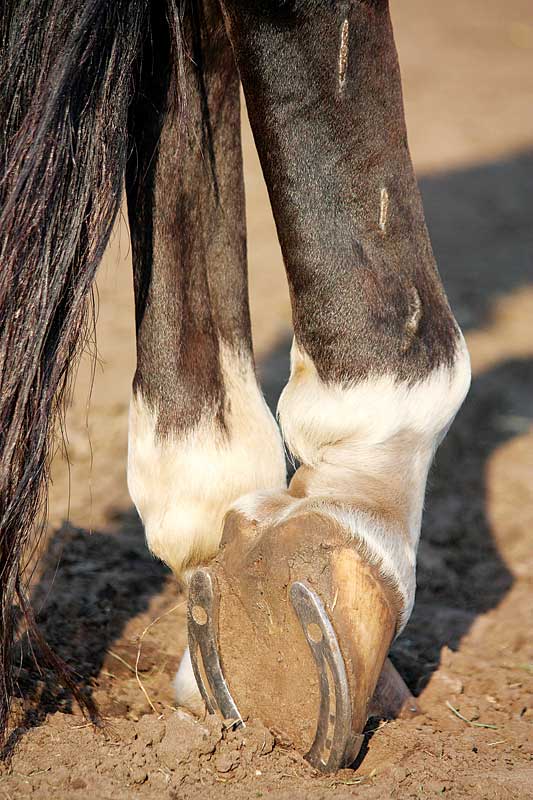Rings in hoof wall that become wider as they are followed from toe to heel.
What causes laminitis in cattle.
The bovine proceedings no 28 pp 71 74.
This causes gram negative organisms to die and release vasoactive endotoxins.
Laminitis in dairy cattle.
Thus laminitis has a great economic impact on dairy operations and all over the world dairy producers are moving towards housing cows in intensive confined conditions.
Signs of chronic laminitis may include the following.
Recognizing and managing infectious causes of lameness in cattle.
Predisposing factors of laminitis in cattle.
Dropped soles or flat.
As we understand the causes of laminitis and identify the risk factors better it is possible to prevent and reduce the effects of the laminitis syndrome.
Speaking to a large crowd at the national cattlemen s beef association s cattleman s college in denver today tom edwards dvm kearney neb offered some tips on laminitis and responsible handling of downed cattle.
The etiology of subclinical laminitis in cattle is not understood.
Laminitis is regarded as a major predisposing factor in lameness caused by claw disorders.
Causes types of lameness toe tip necrosis.
Joint infections and arthritis.
An animal that has been sick over a longer period of time runs the risk of having the.
Today laminitis also known as founder is the main cause of lameness in cattle.
W hile it is associated with high concentrate feeding both laminitis and sole ulcers can be linked directly to.
Bruised soles or stone bruises widened white line commonly called seedy toe with occurrence of seromas blood pockets and or abscesses.
Laminitis can be caused by rumen acidosis.
Injectable diphenhydramine 0 5 to 1 0 mg kg iv im.
Correct grain overload keeping the animal moving and the claws cool.
1 department of veterinary anesthesiology radiology and surgery western college of veterinary medicine university of saskatchewan saskatoon canada.
Nsaid non steroidal anti inflammatory drug injectable ketoprofen 2 to 4 mg kg im iv.
Recognition of the disorder and management of the causative factors.
The classic hypothesis suggests that high levels of carbohydrate in the diet see subacute ruminal acidosis invoke an increase of streptococcus bovis and lactobacillus spp which induce a state of acidosis in the rumen.
Vermunt jj 1 greenough pr.

